When the Suzuki GSX1100S Katana first appeared it stopped the motorcycling world in its tracks – 40 years later the legend lives on.
This year marks the 40th anniversary of Suzuki’s GSX1100S Katana, but despite the passage of the years, its influence is still felt in the design of modern bikes and the Suzuki itself. But the original Katana emerged almost by accident, the result of a design experiment that was unfettered by expectation.
The Katana’s appearance – it was first revealed as a mock-up at the Cologne show in 1980 and was rushed into production by 1981 – was all the more shocking because Suzuki’s image at the time was as the most staid of the Japanese manufacturers. It was due to this image, and the poor reception of the ugly, internally designed 1979 GSX1100, that Suzuki opted to get some help from European designers.
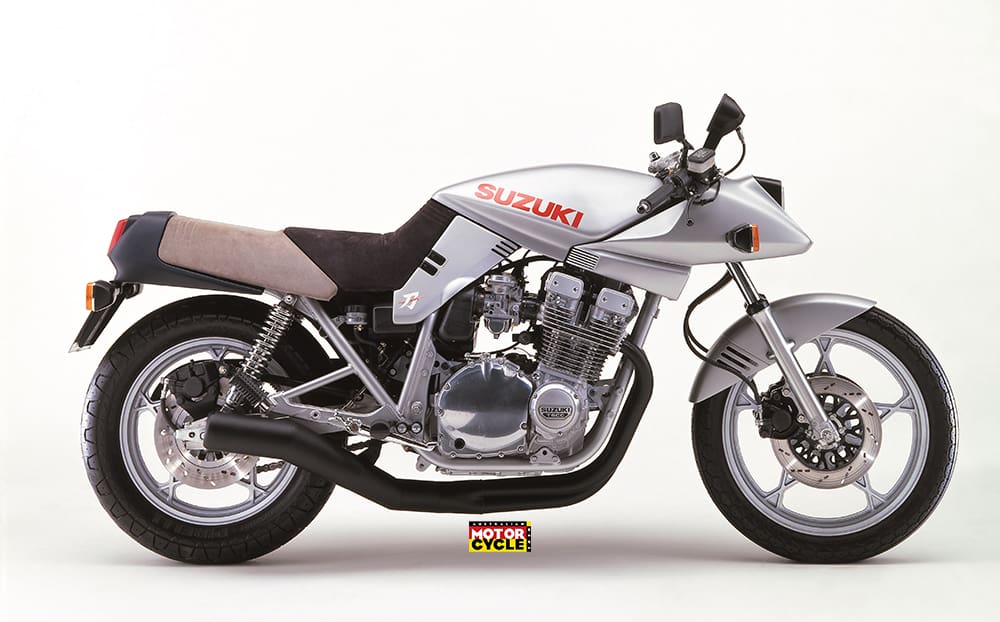
German firm Target Design is synonymous with the Katana, having come up with the legendary shape, and the company itself was begun with the project in mind. Its founders were former BMW designers Hans Muth, Hans-Georg Kasten and Jan Fellstrom.
Kasten still heads up Target Design today. He takes up the story:
“It started at the design department of BMW motorcycles in 1978,” he said, “I was in charge and I asked my friend Jan Fellstrom, who is English and had been working for Porsche, to come over to BMW. We started with projects like the BMW GS, a sports boxer bike and a concept for the K100. But at that time BMW had a really conservative technical department and we couldn’t get through with our models.

“In maybe late spring 1979, Hans Muth [previously also at BMW] came and told us he had some contacts at Suzuki Germany, and was a friend of the marketing director there, Manfred Becker.
“You have to remember that at that time Suzuki motorcycles were incredibly old fashioned. Honda had bikes like the Bol D’Or and Yamaha had some interesting bikes, but Suzuki was the most old fashioned of the Japanese firms.
“Hans Muth spoke to his friend Manfred Becker and offered to create something new, fresh and with modern styling. He asked us [Kasten and Fellstrom] to quit BMW and help. At the time he was well known as a motorcycle designer thanks to the BMW R100RS. We said that if we do help, we want to start something completely new, to start a design studio on our own, with Muth as a partner. So in the end we decided to quit BMW and start a studio. Our first job was for Suzuki Germany to come up with a new design for the 550 [GS550].”
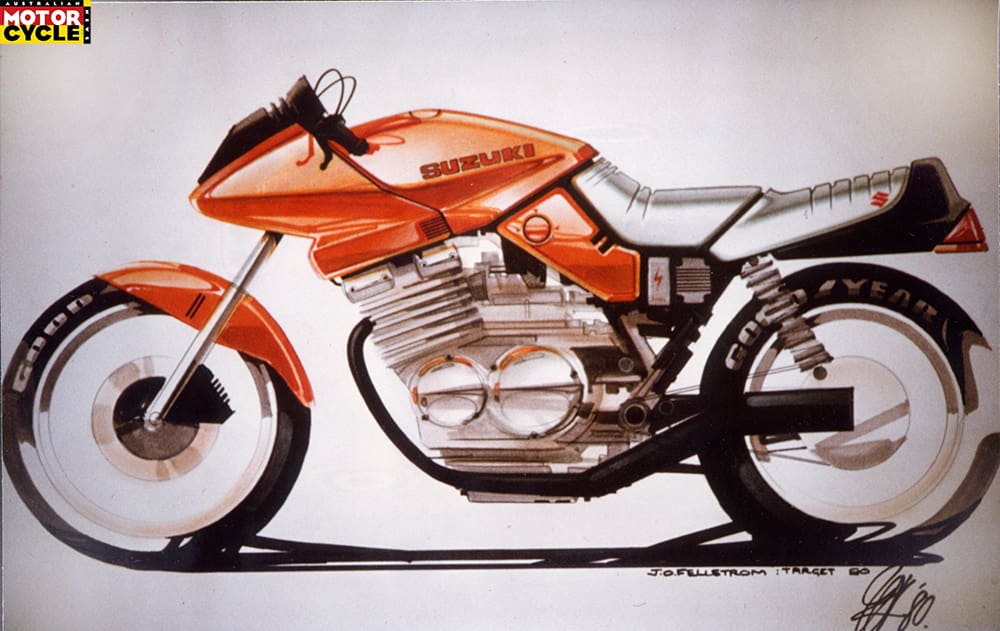
That first prototype was designated ED-1 – for European Design 1 – and impressed Suzuki enough for the firm to commission a second design based on the GSX1100. That design, ED-2, would become the Katana. Kasten maintains that while Muth’s contacts sparked the Suzuki project, the design work itself was down to Fellstrom and Kasten.
Kasten continues: “In the autumn of 1979 we presented the ED-1 model to more people from Japan and they took it over there to put it into production. Then they asked us for a second job, on the top-of-the-line model. The first GSX1100, designed in Japan, was incredibly ugly, and they asked us to change that design as quickly as possible. For this reason they said not to make any technical changes, just make complete new bodywork. We started in November 1979 with two-dimensional drawings, and sent them to Hamamatsu. They liked it and asked us to put it into three dimensions, so we made the clay model, the mock-up, and presented it in Japan. From there they really hammered it into production.”

Place a Katana next to any of the rival four-cylinder Japanese superbikes of the late 1970s and early 80s and it looks like it’s from another era entirely. On most bikes of the period, the individual components – headlights, fuel tanks, side panels and seats – were distinct pieces. Target Design decided to style the whole lot together, something that virtually every modern bike follows suit in doing.
“Something like this can’t happen very often,” explains Kasten, “If people like us are asked to produce something new, we will be told we should think about how conservative people are, that we should be careful, shouldn’t be too futuristic. Our chance here was that Suzuki did not expect anything. We could do what we wanted.

“At that time there weren’t many professional designers working on motorcycles. Motorcycles then were a tank, a seat, a battery cover. They might be changed and modified a little bit, but nobody saw the complete motorcycle as a sculpture. We had a lot of experience from Porsche [both Kasten and Fellstrom had been Porsche designers before moving to BMW], which was a good education, and we learned a lot from BMW about ergonomics.”
Despite the Katana’s radical appearance, the styling was largely driven by ergonomics and an attempt to make a large fuel tank feel small.
Kasten says: “If you have a small tank, it’s nice but you don’t have the capacity. If you have a fat tank your knees are at an angle that doesn’t give a good feeling for the bike anymore. So we thought about how to solve that problem and the answer was to shape the tank in a way that you can keep your knees narrow, and above your knees it goes strongly to the outside to create volume. This is the basic idea of how the Katana tank was developed.”
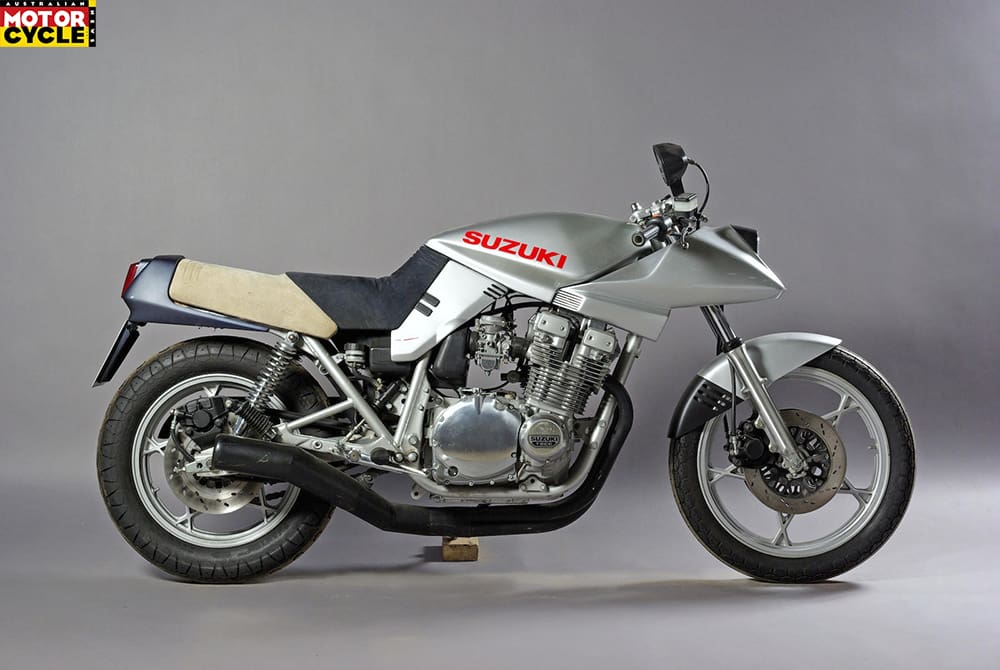
The bike’s other notable departure from convention was the headlight, which was firmly mounted to the frame rather than turning with the bars as was the norm at the time. Kasten attributes the idea to a particular moment at BMW.
He recalls: “At BMW we had a department that tried new things, and they had an interesting bike that was a boxer turbo; at that time a turbo was something very new. I asked them to give me the bike for a weekend to get some experience with it. The base was an R90S, with the fairing just around the lamp. I went really fast and suddenly this bike was shaking its head. There was too much weight and aerodynamic forces on the steering. You didn’t get that with the RS because its fairing was fixed to the frame. So when we did the Katana we wanted to make a bike without a fairing but we decided to solve this problem of shaking by fixing the headlamp on the frame, with just a small cowl. That was the concept idea behind how to make it. We were handicapped because we had to use the existing headlight, but this was our feature and we tried to make it really good looking.”
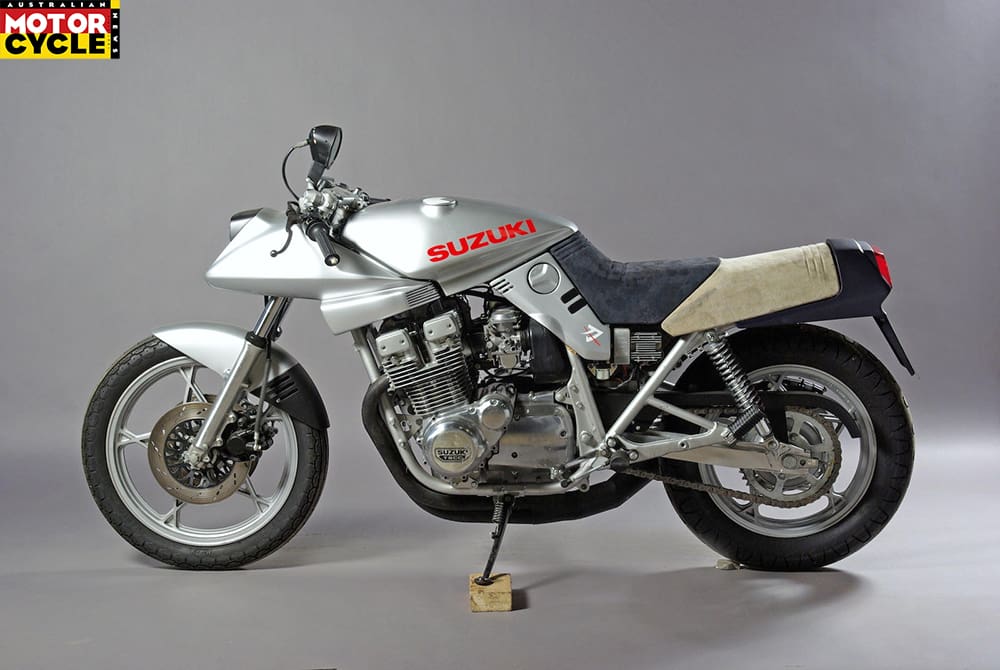
Both the 550cc ED-1 and the 1100cc ED-2 would make their debuts in September 1980 at the IFMA exhibition in Cologne. Despite the fact that they were merely mock-ups at the time, production started within months and the Katana legend was born.
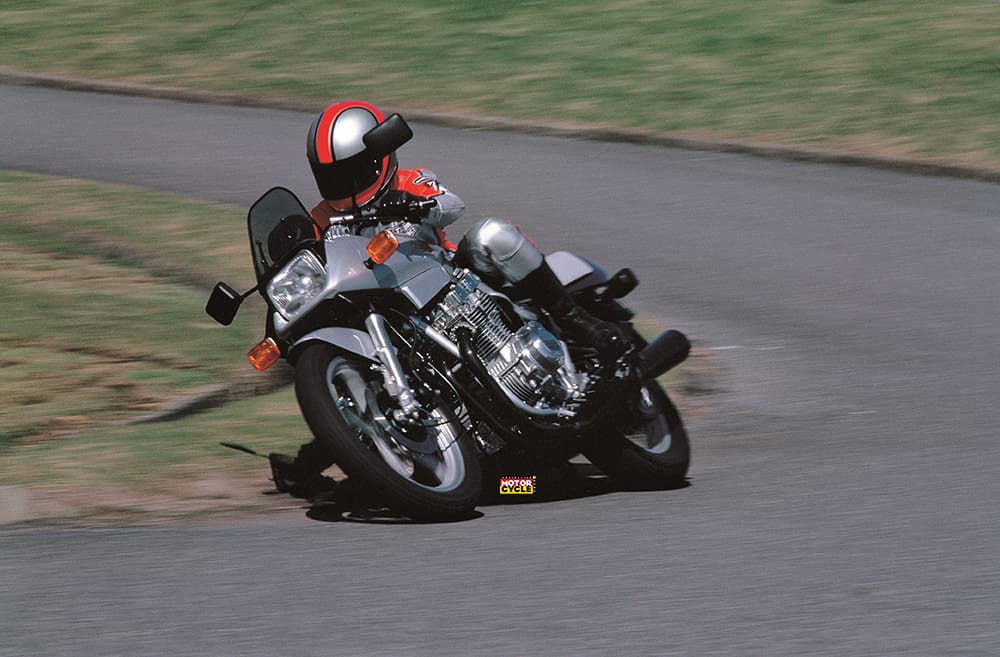

Is the modern-day Katana worthy of carrying the legendary Katana name?